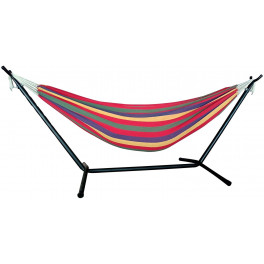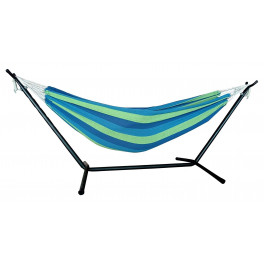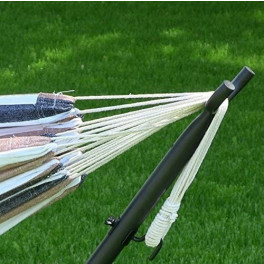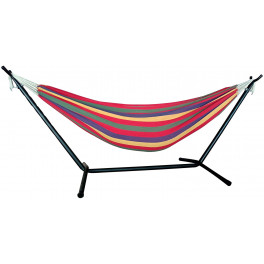Figuring out lawn service prices can either be a hassle or a simple task. Fellow homeowners, we understand the many burdens of maintaining your lawn. We, at House Tipster, are here to help you determine which prices work best for you.
The fresh mowing of your lawn can be very satisfying. Not just to look at, but also to feel and smell. That smell of morning dew, and that touch of freshly cut grass can be quite the experience to behold. But rather than just a simple mowing of your lawn, there are other specific needs you may want to keep in mind. Services like: trimming, weeding, fertilizing, etc., are readily available for you if you decide to hire a lawn care professional.
Table of Contents
There are many benefits to keeping a clean, healthy lawn, other than just the looks. A healthy, maintained lawn can help the environment by keeping the air clean. Other benefits include: reducing erosion from stormwater runoff, improving soil quality, and decreasing environmental temperatures. All of these benefits can be greatly enhanced with the help of a green giant. You can hire a professional to better handle the role. This guide also teaches you of a more in-depth and insightful outlook into choosing and hiring your lawn care professional. All the while informing you on how essential lawn care is to your home and environment. Ensure yourself with the information on a safe lawn.
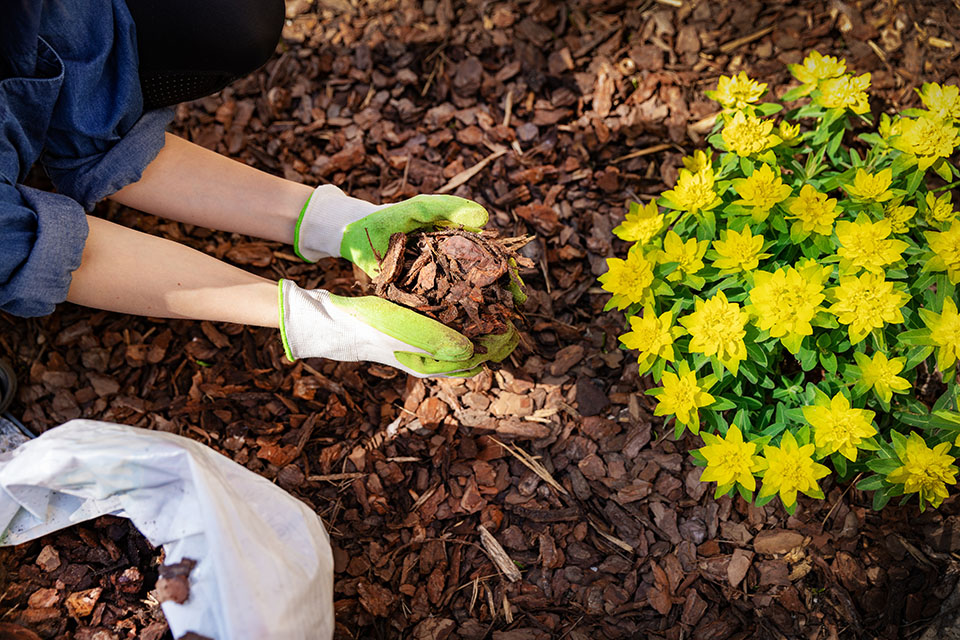
What Affects My Lawn Care Costs?
Before we get into the nitty gritty of lawn service prices, first we need to determine the factors affecting those prices. Like all housework that needs to be done, the size matters most. If you’re remodeling a kitchen or a bathroom, the first thing you need to do is measure the size of the room. The same basis is applied when approaching the subject of lawn service prices.
The bigger your lawn is, the higher the price will be.
And as the homeowner, you also have to determine the services that need to be provided. Say you have an unmowed lawn and there are also weeds growing in your driveway. Wouldn’t you want your lawn care professional to include that into the services?
How do you know if that professional has experience?
All of those factors remain significant to the lawn care costs provided. You’ll also have to think about how your location will affect these prices as well. Is your house residential? Is it a commercial property? And is the location in a dry or wet climate?
Those factors also matter because you have to know the proper amount of watering when it comes to your lawn. In places with drier climates like Nevada or California, watering less is a better method. The common misconception is, “more water means healthier grass”, but this is far from the truth. If you over water your lawn too often, you’re training the grass to consume that much water.
This leads your lawn to require more and more water over time.
In the wet climate, mowing equipment gets clogged easier than it does in dry climates. Oversaturated soils and poorly drained turf can discolor your lawn, this greatly affects your lawn care costs. Root hairs die and the root system becomes impacted negatively altogether. This limits nutrient extraction and water uptake.
Lawn Service Costs
The average range of lawn care prices vary from $75-$145, that’s a total average of $100. Just the mowing services alone can cost you up to $32-$250. Low-end cost may be $39 and the high-end cost may go all the way up to $449. But let’s break this all down.
At an average cost, lawn mowing can range up to $25-$50. Tree trimming can vary from $250-$500. Lawn aeration can range up to $80-$175. While weeding can cost up to $20-$40 an hour. Fertilizing the lawn can cost up to $40-$60. And leaf removal can average out to $50-$80.
Winterization and landscaping is what drives these prices up the roof. Winterizing your lawn can hurt your pockets for $350. And landscaping can go anywhere from $30, all the way up to $4500. Let’s also not forget the importance of tree trimming. If your lawn or yard has a tree or multiple trees that are mature, you should trim them every 3-5 years. On that basis, the cost of a tree trimming can typically range from $250-$500. But imagine if you just wanted to get rid of those pesky trees. Like sodding, the average cost of removing a tree is based on a per foot model. Averages can cost up to $12-$13 per foot.
Sodding a 500-sq ft yard can also cost you up to an average of $840 per year. That is the price of $1.68 per sq ft, per year. Which is a very solid deal, if done correctly by a professional. Remember, you also have to figure out what kind of turf you want sodded. Artificial turf can cost up to $5-$20 per sq ft. But before you get any of these services done, you should get your soil tested. By testing your soil, you can see if there are enough minerals for your lawn to grow.
| National Average | $100 |
| Average Cost Range | $75-$145 |
| Low-End Average | $39 |
| High-End Average | $449 |
How Much Would a Gardener Cost?
At the national rate, a gardener can cost you $100, but the range varies from $75-$150. You have to consider their billing. Ranging from $35-$80 per hour, averaging at $45 an hour, the price of a gardener’s hourly rate depends on if your home is located in an urban or rural area.
The services a gardener provides is as follows: leaf removal, mulching, shrub trimming, sprinkler installation, tree planting, and weed control. There’s an importance to upkeep with gardening. You can learn more about gardening by growing an indoor garden. It’s the natural environment, and your house isn’t your only home.
Plant life that grows from your gardens takes in carbon and releases oxygen. For a healthier planet for us to live on, you have to consider how keeping a healthier garden will positively impact the Earth. While the sun beams on the rest of your neighborhood, your garden will make your house feel cooler. That is because the garden naturally absorbs the sunlight, causing a cooling effect. Your garden could also be your opportunity to grow an assortment of fruits and vegetables. Why waste your hard-earned cash on groceries? By stimulating the growth of these natural foods and herbs, you’d be doing your part in reducing the carbon footprints on the planet. And who wouldn’t want a freshly picked tomato right from the garden for pasta night?

What is Mulching?
As stated above, if you see any weeds you need to whack, you can hire a professional to help with that. But to avoid the weeds thoroughly, you need to mulch your lawn. By suppressing the weeds and keeping your soil cool, your lawn can go from just a plain look to an almost immaculate atmosphere.
Some in the lawn care industry can charge hourly for mulching services, at an average rate of $63 per hour. At a low-end, it can be $30 an hour, but at a high-end, it’s $120 per hour. Depending on the type of mulch you’re looking for, prices can be relatively low or relatively high.
Organic Vs. Inorganic
Organic mulch is grass clippings, wood chips, leaves, cedar bark, etc, while inorganic mulch can be stone, plastic, rubber or brick chips. You can guess which materials are at a higher cost. Organic mulch has more advantages in the field of lawn care. It helps spread out nutrients to your plant roots, nurturing the natural microorganisms that work together in your lawn. It insulates your garden and lawn, circulating a natural irrigation system to absorb the rain.
And that is because inorganic mulch does a great job of holding in moisture. It doesn’t decompose at the rate of organic mulch. With the added benefit of it not needing nearly as much replacing as organic mulch does. Unlike organic mulch, inorganic mulch is simpler when repelling pests.
But there are some disadvantages to inorganic mulch as well. One disadvantage is how the non-recyclable material in the inorganic mulch reacts as it decomposes. When the inorganic mulch breaks down, your lawn is sure to suffer. Plastics don’t always provide the protection you need. The consequences of plastics breaking down into your soil can become very dire. The plastic’s deterioration into your soil can stunt the growth of all the greenery you already planted.
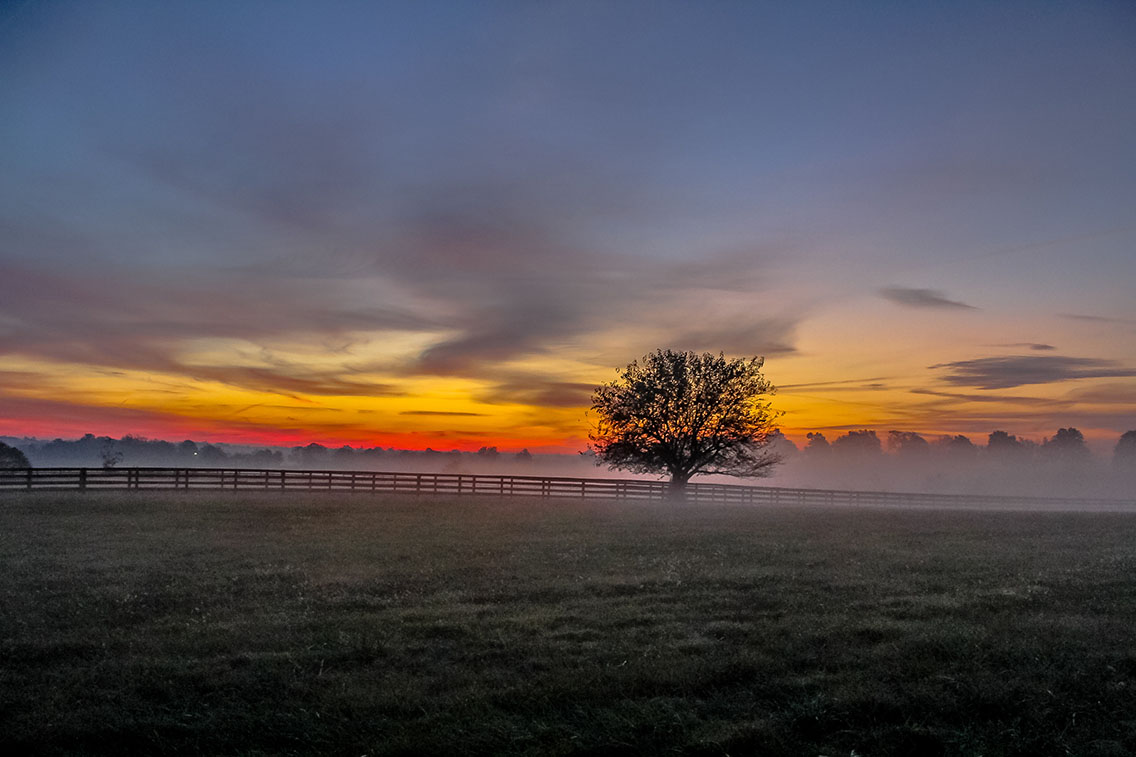
The application of mulch is to simply place a layer of material to lock in all the moisture into the soil. One thing to always keep in mind is when you choose what kind of mulch you’re looking for, it is best to avoid pesticide covered materials. Coarse materials need to be thick and allow for penetration of water and air, creating a lasting natural deterrent against insects.
The many types of grass to familiarize yourself with
The cooler season grasses are typically most common in the Northern states of the US. This means the states have mild summers and wild winters. Besides knowing how to mow or sod your lawn, it’s best to familiarize yourself with the several dozen grass types. During cool seasons, the most commonly sodded grasses are: annual ryegrass, creeping bentgrass, creeping red fescue, Kentucky bluegrass, Perennial ryegrass and Tall fescue.
As stated above, springtime is the time when the grass grows quickly. Air temperatures during the springtime hits 40-42℉, and air temperatures during the late fall hits between 65-75℉. Although overwatering is a bad idea, during the summer, replenishing your lawn with more water than usual is common practice.
Northern vs Southern climates
The warmer season grasses are typically most common in the Southern states of the US. This means the summers are hotter and the snow is rarely ever seen. During the warmer seasons, the most commonly sodded grasses are: Bahiagrass, Bermuda grass, Buffalo grass, Carpet grass, Centipede grass, St. Augustine grass, and Zoysia grass. These types of grass are better suited under duress. Enduring drought and high temperatures, the grass increases in photosynthesis rates, and better adapts to nutrients like nitrogen and phosphorus.
Cost of Landscaper
Before I inform you of the broad spectrum of landscaping costs, keep this tip in the back of your mind: only spend 10% of the home value on landscaping. This all depends on if you’re starting a whole new project or you’re deciding on giving your lawn a renewal.
Landscapers can cost you at an estimate of $50-$100 per hour. And they are more than willing to charge you 115% more than the costs of sodding, planting, and designing shrubbery. So keep that tip in the back of your mind. Remember, starting and renewing a project is only the half of it. The upkeep and maintenance is the other half. This will generally burn your pockets for about $100-$200 per month. You should arrange a consultation on costs when it comes to the size of your yard and where your home is located.
All that doubt in your mind can wash away with the assistance of a landscaper. This is a professional who will work with you on the vision of your design, a plan you want to execute. Why hire a landscaper? The biggest concern you’ll have to worry about is what kind of plant life you’ll want to propose. Whether you have a small garden or a large garden, wouldn’t you want it to thrive? You have to think carefully on the aesthetics of your design. You’re not paying for just a landscaper’s expertise, but you’re also paying for their extensive knowledge. Are you unsure of which plant goes where? A landscaper will have the answer for you in the snap of a finger.
How often should I be maintaining my lawn?
Seasonal changes affect seasonal growth. This means you need to keep a schedule according to the seasons that may affect your lawn. Just because the summer sun sets, doesn’t mean you should neglect caring for your lawn. In the winter, you’re going to want to protect the dormant grass, which means winterizing. In the spring, the grass will grow, so keep the lawn mower ready by your side. Spring is the season you’re going to need all the help you can get. It means you’re going to need fertilization, aerating, and weed control.
As the spring flowers wilt, the summer is when you water your plants, gardens, your basic greenery. It also means you need to fertilize. Often the suggestion made by contractors is to keep some form of pest control with you. Instead of having to pay the lawn service costs for various insects, you can buy the products yourself.
Other than the seasonal schedule, you’re going to want to know what your weekly, monthly, or one-time cost for lawn care is. Landscaping rates can cost up to $40-$60 per man per hour. But in terms of a weekly basis for lawn mowing, a provider can charge you up to $206. On a monthly basis, it can cost up to $180. And a one-time basis will cost $362. Companies want a continued service so they’ll match their competition and offer better rates if you commit to a contract.
Benefits of hiring a professional
Sure, you can spend hundreds, if not thousand to purchase lawn care equipment. But with a lawn care professional, there are less burdens for you to think about. A luscious, beautiful green can only be possible with green thumbs. Why spend hours of your day mowing, gardening, mulching, sodding, and the rest of the tenuous strains of lawn care?
If you hire a professional, you won’t need to replace any broken equipment, and you’ll have way more storage space than before. Gas definitely hasn’t decreased in price over the years. So why go back and forth from store to store to buy gas guzzlers?
To buy gallons of gas for lawn care equipment?
Beyond just the necessities of tending to your lawn, the metaphorical cord can be unplugged with just an estimate. As stated above, there are reduced costs when coming in terms with a contract. By committing to a local lawn company, you won’t have to bear another wound in your bank accounts. An even better solution to saving time and costs is by asking your neighbors if they want to be included in a group discount.
Gathering other customers and being serviced altogether will create the opportunity of handling bulk discounts. Lawn care professionals won’t have to drive miles on distances away for clients from different towns over. This way, they’ll charge less and less for all of the services provided for both you and your friendly neighborhood.
The summer sun will be shining a yellow glint on the edge of each blade of grass. You and your neighbors will be the envy of neighborhoods from streets over. As they pass by your houses every day, more and more people will contemplate. They’ll all be wondering how your gardens could ever look so clean.
Let shine the atmosphere of your neighborhood!




